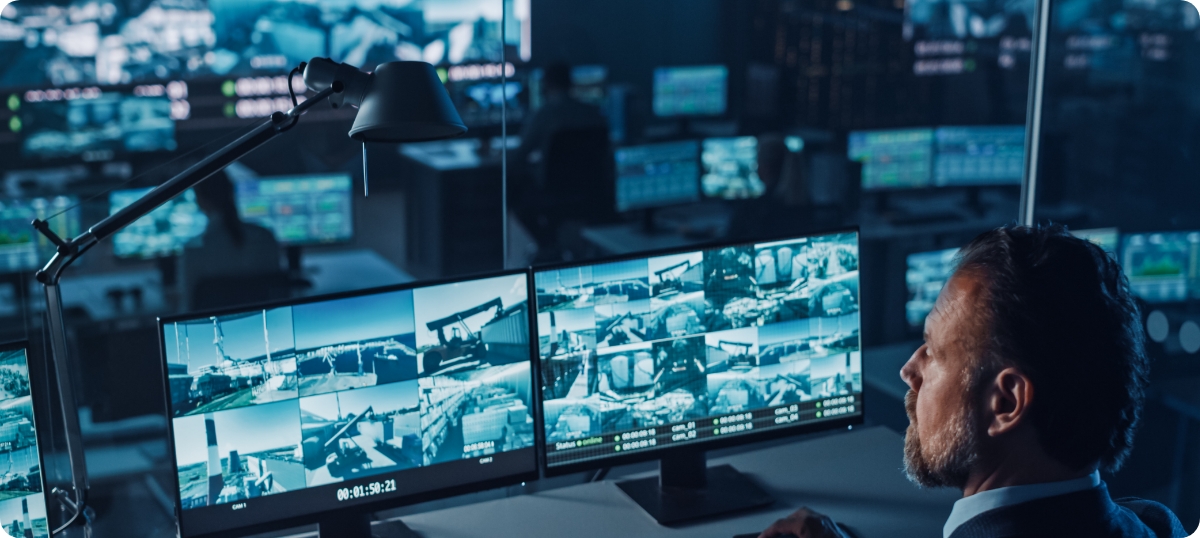15/01/2023
Thermal Imaging for Security
Electromagnetic radiation is all around us. We can see a small band of it in the form of visible light and feel thermal energy as heat. However, the majority of radiation which surrounds us goes undetected unless specialist equipment is used.
Hungarian physicist Kalman Tihanyi invented thermal imaging in 1929. Initially used for military purposes during World War Two, infrared has since become more accessible and is now used in a wide range of daily applications.
HOW THEY WORK
Modern day thermal imaging devices use a lens and sensor to detect the amount of thermal radiation emitted from an object. The higher the temperature of an object, the more infrared radiation it will emit.
Once captured, the infrared radiation is processed and displayed visually as a heat map. Heatmaps use contrast between colors to represent differences in heat, often with higher temperatures being represented as red and cooler objects represented as blue.
Accuracy and monitor resolution can vary depending on the device. Highly sophisticated devices can detect variations in temperature as small as 0.01 degree celsius, whilst the accuracy of entry-level devices can vary between +2 / -2 degrees celsius. Monitor resolution will affect the level of detail available. Entry-level devices will have a resolution starting at 80 x 60 pixels, with higher-end models having resolutions above 1280 x 1080.
SECURITY APPLICATIONS
There are a number of security applications for thermal imaging technology. CCTV cameras equipped with infrared sensors can be used for property surveillance at night when intruders would otherwise go unnoticed due to low visibility. Many security alarms also use thermal sensors to activate the alarm following the detection of an intruder’s body heat.
Most recently, thermal imaging has been implemented to combat Covid-19. Around the world, many offices, retail establishments, manufacturing plants and schools are using hand-held devices to detect individuals with an above average temperature. Handheld devices are beneficial in that no data is stored, meaning there are no GDPR issues to consider. The trade off however is that a member of staff must be available to operate the device and check the temperature.
For larger organisations, it may not be practical to use handheld devices due to the high numbers of staff and personnel. Fortunately, there are a number of versatile thermal analysis access control systems available on the market today.
Unlike a stand alone camera, these systems do not require a person to check footage or intervene as the unit itself issues bespoke instructions. If a person is detected with a high temperature or no face mask, they can be denied entry to a building and given instructions as to where to report.
Thermal imaging technology has come a long way since its first inception and now plays a crucial role in security applications around the globe. To find out how Sygma can help implement thermal imaging to protect your property, please contact us here.
